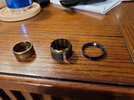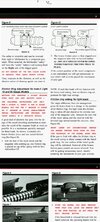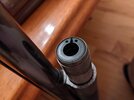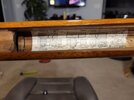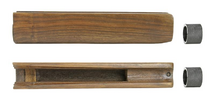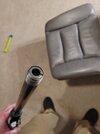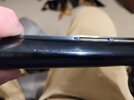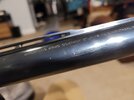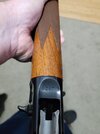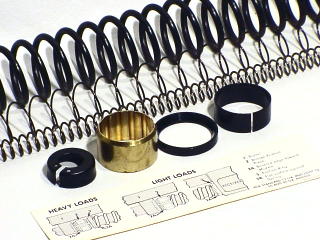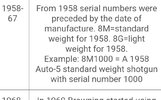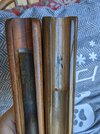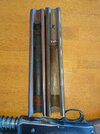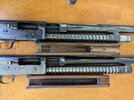TriggerMan
Well-Known Member
My wife's father passed away recently. At his passing he had several firearms that were split between my wife and her two siblings. Being the "gun guy" in the house, they became my responsibility to clean, store, and take care of. Many of the firearms were shotguns of one variety or another and to be honest, I'm not much of a shotgun guy. I was wondering if some of the more knowledgeable people here could help me with some background knowledge on some of these items. These items are not for sale as they have great sentimental value to my wife. I'm just looking to see if anyone can shed some light on some of these firearms, their rarity, and weather or not they have any sort of special monetary value I should know about. I have searched online for all of them. Some of them like the Browning Light 12 and the Wichester Model 101 aren't too hard to find stuff on but some of the more obscure models are leaving me a bit puzzled. I have included some pictures of them. If more detailed pictures would help, let me know which ones and I will post them. I will also post below all of the markings that I was able to find on the guns themselves. Any help would be greatly appreciated. Thanks in advance.


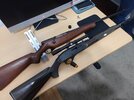
O.F. Mossberg & Sons
Bolt Action .410 3" Chamber
Model # 183D-C
Ranger Over&Under 12 Ga
Model #103-5
J.L. Galee & Sons Sole Distributor
"Monte Carlo"
12 Ga Side x Side
Winchester Model 101
12 Ga Over/Under
Remington Nylon 66 (Green)
22 LR
Browning Arms Company
Light 12
Made in Belgium
Is the Light 12 considered an A5? Can anyone tell me what the switch that moves forward and backward on the left side of the reciever on the Light 12 is for? I've never owned a Browning shotgun before.
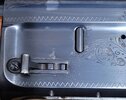



O.F. Mossberg & Sons
Bolt Action .410 3" Chamber
Model # 183D-C
Ranger Over&Under 12 Ga
Model #103-5
J.L. Galee & Sons Sole Distributor
"Monte Carlo"
12 Ga Side x Side
Winchester Model 101
12 Ga Over/Under
Remington Nylon 66 (Green)
22 LR
Browning Arms Company
Light 12
Made in Belgium
Is the Light 12 considered an A5? Can anyone tell me what the switch that moves forward and backward on the left side of the reciever on the Light 12 is for? I've never owned a Browning shotgun before.

Last edited:




